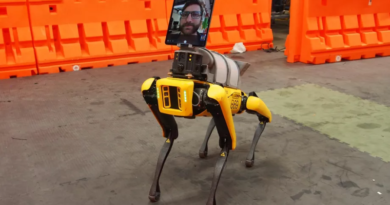New Swarm Robotics System Takes Inspiration From Insect Pheromones
In the last few decades, technological advances have helped guide the development of increasingly sophisticated systems that mimic naturally-occurring processes like biological mechanisms and animal behavior.
Within this scientific trend, a research team at the University of Manchester introduced a novel technique for swarm robotics applications — one that takes a cue from the way insects communicate via pheromones.
Pheromones are chemical substances animals and humans release to their surrounding environment — which sometimes triggers specific behaviors in other animals.
For example, released pheromones can cause mating behavior, alert surrounding animals of a dangerous zone, mark territory, or signify the presence of food. In the paper, the researchers worked to artificially replicate that way social insects, like ants, use pheromones — with aims of improving the effectiveness of communications in robot swarms.
At present, the researchers’ evaluation of the artificial pheromone system is moving forward in a series of experiments — wherein a swarm of small and mobile robots move around and adapt to varying environmental factors. The team’s results were highly promising because their system enabled effective communication, triggering the desired group behaviors among swarm members.
“We developed a very realistic model of a pheromone system and systematically investigated the effects of various parameters in performance of the individual robots and the swarm,” said Arvin, to TechXplore. “In addition, our paper introduces a robust, open-source experimental setup that can be used to implement complex behaviors typically observed in social insects.”
This novel system — taking inspiration from insect and animal pheromones — might help enhance communication between individual robots working in a team to complete exploration missions in remote geographical sectors, under unfriendly weather conditions, and in complex environments.




